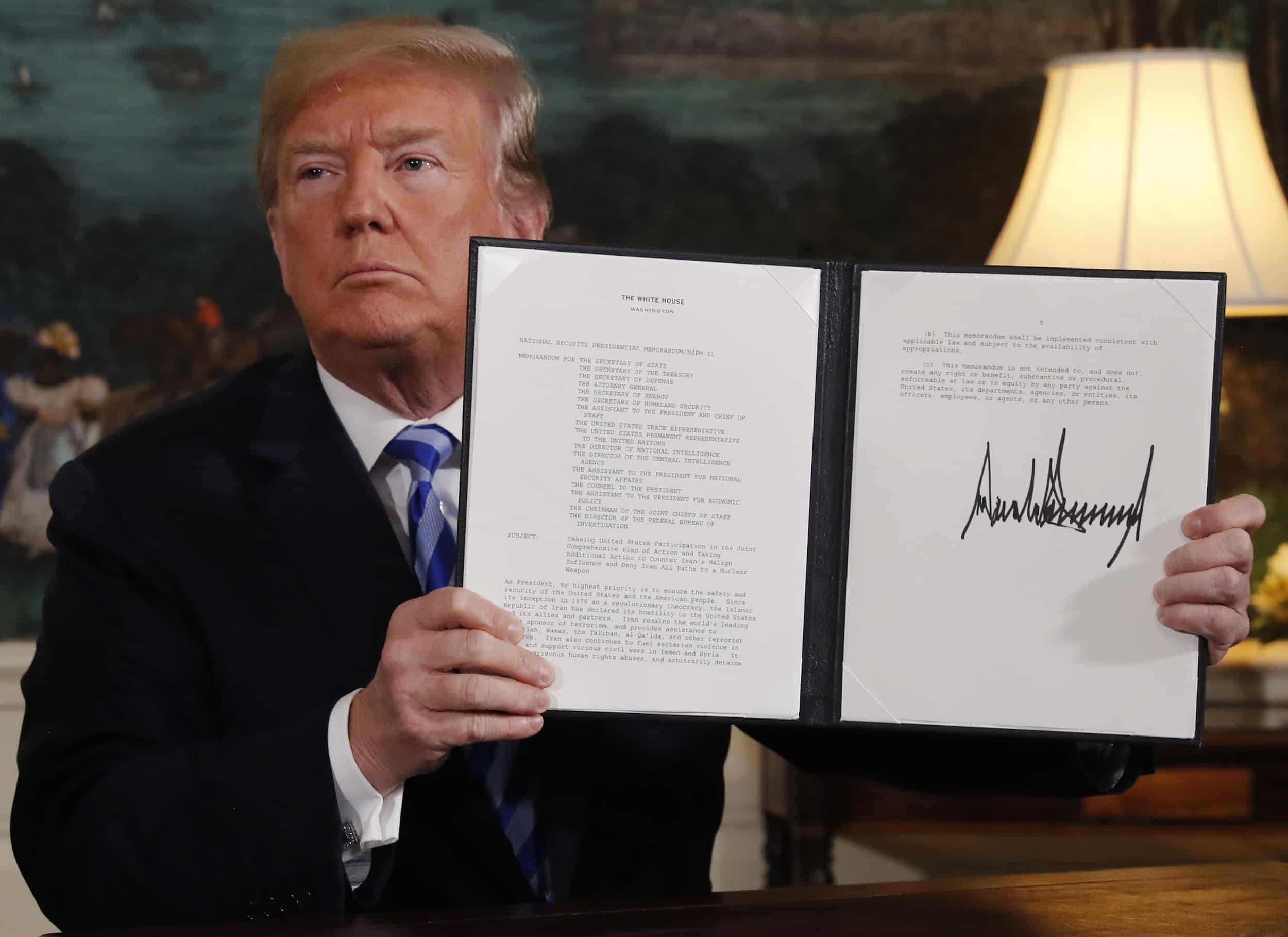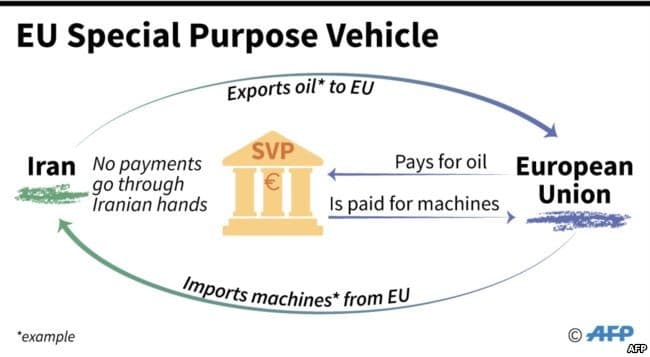By Nahal Sheikh
Obama worked throughout his presidency to give birth to a deal that was to bring together two very complex historical antagonists – Iran and the U.S. After months of negotiation amongst Iran and six world powers, the 2015 Iran Nuclear Deal was made as a historic moment that anyone who lived through could confirm its significance.
The Iran nuclear deal
So, what did the Iran nuclear deal entail? The deal required Iran to give up 97 percent of its enriched uranium in turn for relief of economic sanctions. The uranium can be used by countries to create power plants or nuclear weapons.
To give the deal some perspective, medical research grade uranium needs to be enriched to 20 percent, and weapons grade uranium to 90 percent. Iran, however, is allowed to only enrich it till 3.67 percent. This means it is within extremely safe growth boundaries and nowhere near producing nuclear weapons. The plan also consisted of very consistent inspections to check and assure that Iran is abiding by the agreement.
In return, the many heavy economic sanctions get lifted off of Iran, giving way to a progressing economy. In the past, these sanctions have politically and economically isolated Iran from the rest of the world for years. It has been cut off from international banking, finance, and trade, making Iran extremely vulnerable and desperate to find a solution.
Trump’s rash foreign policy-in-the-making
Early in his presidency, Donald Trump’s administration decided to withdraw from the Iran nuclear deal. Without the consent of all the other international powers involved, such as the Russian Federation, United Kingdom and France, the U.S. went forth and re-imposed rigid economic sanctions on Iran.

The re-imposition also included additional penalties and creating further leverage to force Iran into renegotiating the prior deal. International reaction to Trump’s rash foreign policy has gained momentum: Iran with several others accused the U.S. for violating the 2015 accord, whilst Iran openly states that it will remain committed to its end of the deal. Moreover, Trump’s violation not only affects Iran directly but poses complications for other countries in financially dealing with Iran.
This was a horrible one-sided deal that should have never, ever been made
said Trump in an address at the White House. His argumentation lies behind a reasoning that the agreement was already flawed and would have never stood in the future – and that nothing could ever stop Iran from building nuclear missiles. Hence, there is no point in coming to this consensus. However, the many countries who also signed the accord do not seem to agree with this line of reasoning.
International retaliations
So far what is seen as ultimately unilateral foreign policy by the U.S. in re-sanctioning Iran, the EU, China and Russia have decided to find alternatives to this. In other words, they are planning to ‘sidestep’ the U.S. in its decision to cripple Iran’s economy and coercively renegotiate the 2015 deal. The alternative is called a ‘special purpose vehicle’ (SPV).
It basically allows for trade flowing even if the U.S. keeps sanctioning Iran’s economy. It functions as a barter system ignoring external sanctions. For instance, Iran will ship oil to a Russian company from which it will earn credit. This credit will then be used pay a French manufacturer for any supplies that are shipped into Iran. This way, no actual money will be transferred or handed around, and nor will this credit’s official currency be dollars, but rather euros; making all trade completely legitimate in nature.
The EU’s foreign policy chief, Federica Mogherini, says SPV shall come into action by November 2018. Its ultimate aim is to convince vulnerable and reluctant Iran to stay in the deal and help to improve its economy.
SPV as a defining moment of defiance
The SPV reflects the international community’s general reaction to Trump’s foreign policy attitude. His decisions on a global level are a point of endless frustration for foreign countries and their leaders. The Trump administration’s character is collectively perceived as clouded by a larger milieu of trade war tactics.
Such a strategy shows a lack of unified political-economic progression, which after years of struggle should be priority for global powers alike. Aiming to constantly damage other countries’ trade by imposing tariffs and quotas does not show friendly intentions. Moreover, the tariffs do not only affect Iran, but many other countries and their companies who are in dealings with Iran. By pulling out of the 2015 Nuclear deal, Trump has proven to treat both adversaries and friends alike.
Thus, the SPV acts as a clear and obvious show of defiance. Defiance against Trump’s treatment of Iran, his relations with European and other powers, his overall disinterest in global progression.
It will be interesting to see whether or to what extent SPV can really work. For now, the many global dynamics at play behind this attempt are historic in themselves and worth exploring for anyone who considers themselves a part of the global community.
(The opinions expressed in this article are solely those of the author and do not necessarily reflect the views of World Geostrategic Insights)








